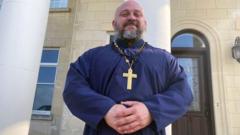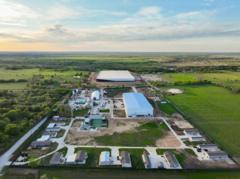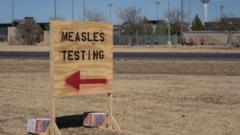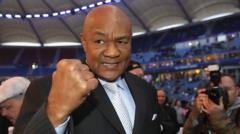An increasing number of young men in the U.S. are embracing Russian Orthodoxy, seeking a return to traditional masculine values that they feel are overlooked in contemporary society. This movement is particularly pronounced among those disillusioned with mainstream culture and its attitudes towards masculinity.**
Young American Men Seek Masculinity in Russian Orthodoxy Amid Changing Societal Norms**

Young American Men Seek Masculinity in Russian Orthodoxy Amid Changing Societal Norms**
A rise in young male converts to Russian Orthodoxy reflects a search for traditional values and a reaction against modern societal pressures.**
In a remarkable shift, young American men are flocking to Russian Orthodox churches, drawn by a call for a hyper-masculine identity championed by figures like Father Moses McPherson. His teachings, which vilify practices he deems overly feminine, have resonated with many men seeking a stronger sense of self. With a striking build and a presence that commands attention, Father Moses has seen his congregation triple over the last 18 months at the Mother of God church in Georgetown, Texas.
Once a laborer, Father Moses now leads a community that embraces traditional masculine roles, diverging sharply from societal trends that criticize such beliefs. He has garnered significant social media following, using platforms to share his views on masculinity, love, and family. It is not uncommon to see his weightlifting exploits framed alongside religious messages, integrating the physical with the spiritual in a manner that appeals to young men.
During services, the number of men aged 20 to 30 attending is staggering; many express feelings of emptiness despite outward success, attributing their dissatisfaction to a culture that condemns their aspirations to provide traditionally. Newly converted members like Theodore, once skeptics of faith, have found a newfound purpose, advocating for roles that support family structures and deeming mainstream societal narratives as detrimental.
Within this emerging faith community, homeschooling has become a common choice among converts, aligned with beliefs about female priorities and family values. This approach is seen as a protective measure against modern ideologies that many feel threaten traditional family dynamics. The Orthodox tradition, steeped in history, offers these men a sense of belonging that seems to stand in stark contrast to the fast-paced, often tumultuous modern world.
Despite its small size, the Orthodox community in America, particularly within the Russian Orthodox Church Outside Russia (ROCOR), exhibits increasing male membership; reports indicate a male representation of 64%, up from 46% in recent years. Experts suggest this trend may correlate with a broader reaction to the political climate and shifting gender dynamics, particularly during and post-pandemic.
Online influence plays a significant role in this growth, where figures like Father Moses attract young minds eager for a return to what they perceive as lost values. While some remain skeptical of the rigid structures within the faith — likening it to nostalgia for outdated American Puritanism — others embrace the discipline it signifies in an increasingly fluid world.
Converts like Buck, a long-time firefighter, have found solace amid traditional values. They reject the mainstream narrative regarding Russia and the culture associated with it, often contradicting the media's portrayal of conflict and moral decline. Instead, they view the country as a stronghold for conservative values, prompting some to consider relocating there in a bid to escape the pressures of liberal ideologies.
As this movement unfolds, the fundamental desire for community, tradition, and a defined sense of masculinity continues to draw young men towards Russian Orthodoxy. In Texas and beyond, this dynamic underscores a profound shift in how these men perceive their roles within society, as they cultivate their identities within a faith that promises stability and reassurance against the guilt and confusion propagated by modernity.


















